Quality Insights’ Overview Page
The Overview page summarizes the patent quality information extracted from each of Quality Insights’ tools (tabs).

- Bibliography
- Event History — History
- Claim Disclosure — Claim Insights
➛Examine how the patent’s claims are disclosed by prior art
- Potential Issues
➛§112 - Potential §112 issues — Claim Analysis
➛§102 - Potential §102 Prior Art — Family Prior Art & Prior Art Finder
➛§103 - Potential §103 Prior Art — Family Prior Art, Prior Art Finder, & Semantic Prior Art
- Family Status
Overview — The Issue Summary Board

At the top of the Overview page, you can view the Issue Summary Board which provides an overview of the patent's Litigation Record, Claim Disclosure, and Potential Issues at a glance.
Litigation Record
This section shows whether the patent has been involved in any U.S. litigation or encountered validity challenges. The scope covered includes the District Courts, CAFC, Supreme Court, ITC, PTAB Reviews, and Reexaminations.
Claim Disclosure
The Claim Disclosure section shows the level of disclosure according to the §102 and §103 prior art found in the patent's prosecution history or post-grant proceedings.
Potential Issue
Indicators of potential §112 issues, §102, or §103 prior art.
Overview — Claim Disclosure
The Claim Disclosure on the Issue Summary Board shows how much the patent’s claims are disclosed during prosecution history and post-grant proceedings.


This indicator includes three degrees of disclosure:
Red ![]() : Substantially Disclosed - over 80% is disclosed
: Substantially Disclosed - over 80% is disclosed
Yellow ![]() : Partially Disclosed - 1% ~ 79% is disclosed
: Partially Disclosed - 1% ~ 79% is disclosed
Green ![]() : Not Disclosed - 0% is disclosed
: Not Disclosed - 0% is disclosed
Scroll down to see the corresponding chart for this indicator.
In this chart, you can see the number of prior art that were used on the grounds of §102 and §103. For instance, this patent has 22 patent prior art cited under §102 grounds. You can find the full list in the History tab.
The two different disclosure rates (%) in this chart reflect how much the patent is disclosed by
1) a single reference or 2) multiple references.
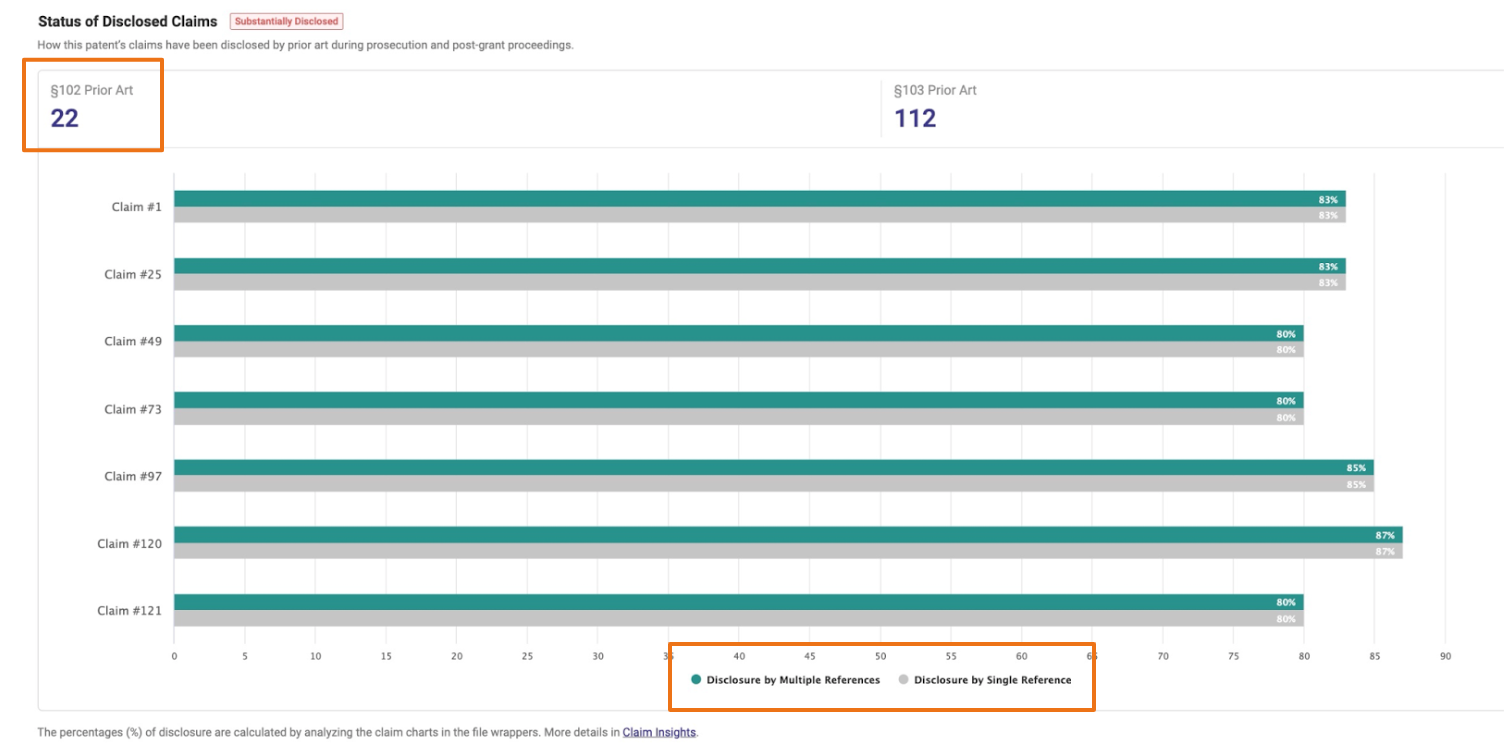
Please see the Claim Insights tab for more details.
Overview — Potential Issues: §112
This rating is based on the number of claim terms (in the independent claims) that are NOT found in the specification and, therefore, may leave room for different interpretations.

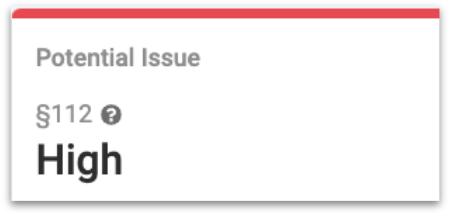
Based on the percentage, the possible outcomes are:
Red ![]() : High - more than 5% are not found
: High - more than 5% are not found
Yellow ![]() : Medium - less than 5% are not found
: Medium - less than 5% are not found
Green ![]() : Low - all claim terms are found (0% not found)
: Low - all claim terms are found (0% not found)
Scroll down to see the Claim Analysis chart for more information on this indicator.
Here you can see the total number of claim terms that were NOT found in the specification and the terms that do not support each independent claim.
To view the dependent claims or the claims that were mapped to the specification, please see the Claim Analysis tab for more details.
Overview — Potential Issues: §102
This rating reflects the number of applicable references identified by Quality Insights that were not previously considered in prosecution and post-grant proceedings and have a very strong likelihood of being potential §102 prior art.
This rating is generated from the number of:
- §102 prior art of family members cited by the examiner
(See the Family Prior Art tab for the full list of §102 citations) - §102 prior art in the 2nd and 3rd-degree prior art list
(See the Prior Art Finder tab to find up to the 6th-degree prior art)

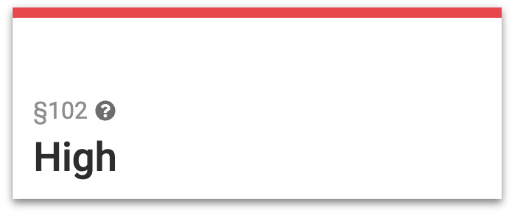
The indicator is rated as below:
Red ![]() : High - more than 3 references found
: High - more than 3 references found
Yellow ![]() : Medium - 1-2 references found
: Medium - 1-2 references found
Green ![]() : Low - no references found
: Low - no references found
The Potential Prior Art list found on the Overview page includes two lists — potential §102 and §103 prior art. Switch between the two lists by clicking on the numbers at the top of the list.
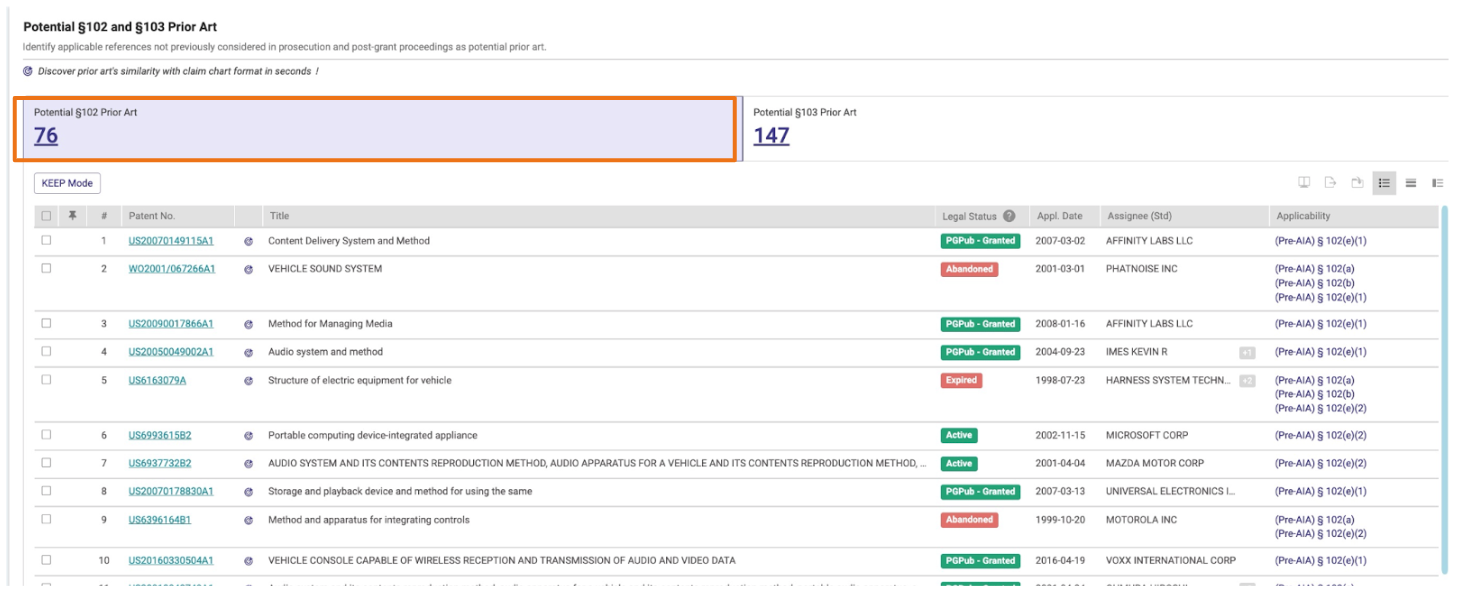
This list includes novelty (§102) citations of the patent’s forward/backward §102 citations, with up to 3 degrees of citations from the patent itself. §102 references include those cited in the examiners’ rejection (as found in the prosecution history) and those in reexamination and PTAB.
Please see the Prior Art Finder tab for the full list and details.
Overview — Potential Issues: §103
The "Potential Issue - §103" indicator reflects the number of applicable references identified by Quality Insights that were not previously considered in prosecution and post-grant proceedings and have a very strong likelihood of being potential §103 prior art.
This rating is generated from the number of:
- §103 prior art of family members cited by the examiner
(See the Family Prior Art tab for the full list of §103 citations)
- Non-§102 prior art in the 2nd and 3rd-degree prior art list
(See the Prior Art Finder tab to find up to six degrees of prior art)
- Highly-relevant semantic prior art references
(See the Semantic Prior Art tab for more references)

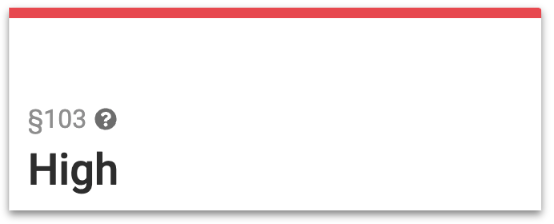
The indicator is rated as below:
Red ![]() : High - more than 10 references found
: High - more than 10 references found
Yellow ![]() : Medium - 1-9 references found
: Medium - 1-9 references found
Green ![]() : Low - no references found
: Low - no references found
You can view the basis of applicability for each of the references found in the last column.
You can also switch between view modes, compare, or export the list.
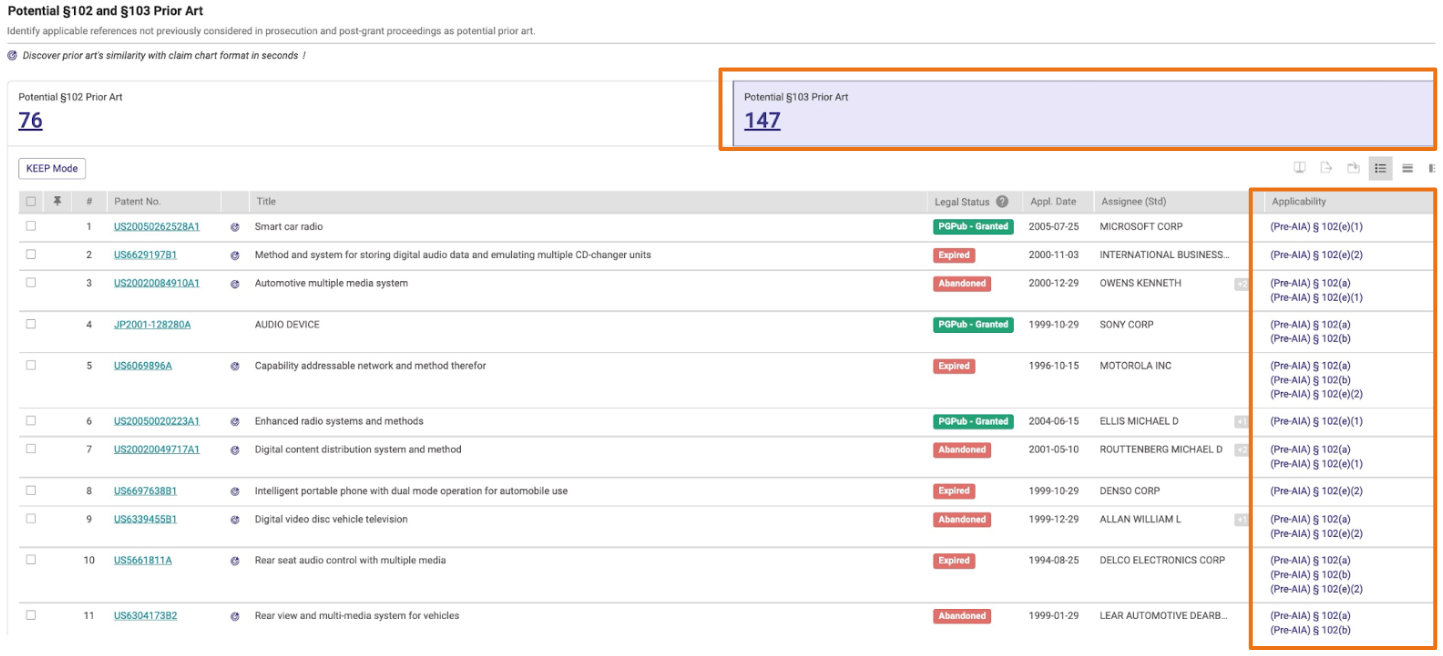
Overview — Family Status
The Family Status chart shows the legal and coverage status of the patent’s family members, unearthing potential disputes or opportunities in other countries.
By clicking on the numbers at the top of the chart, you can toggle between each corresponding list (seen at the bottom) for the total number of family members, active members, and abandoned members.
Each list can be compared, downloaded, or exported to Patent Vault.